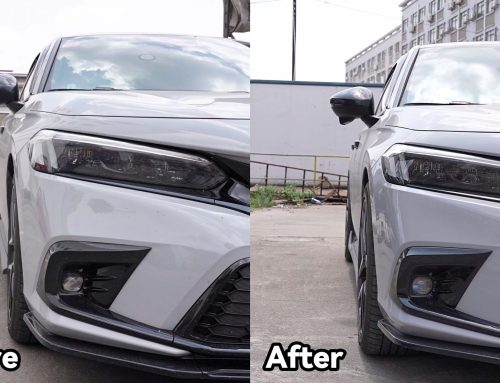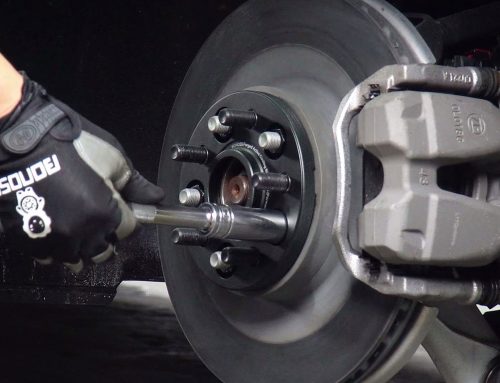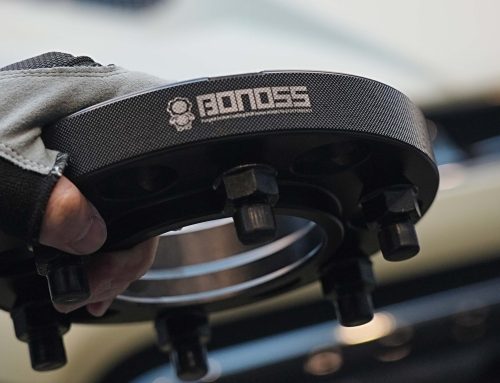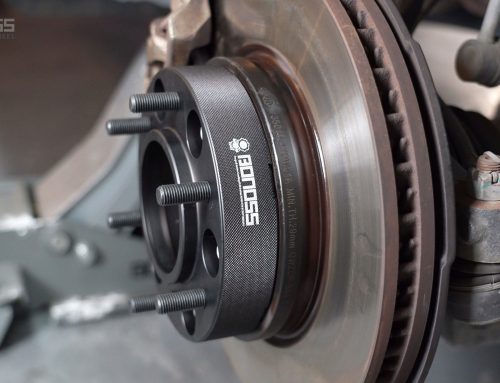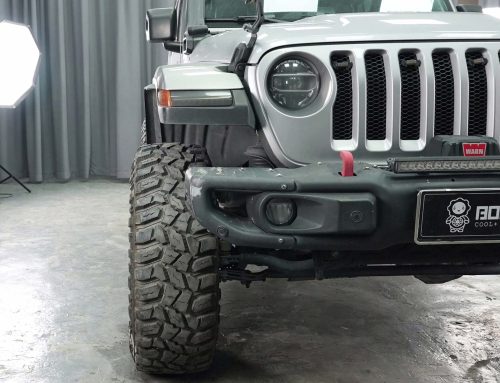Do wheel spacers cause vibration? Will hub-centric spacers stop vibration? What are the advantages of hub-centric wheel spacers? These topics are hot as wheel spacers become more and more widely used. They are commonly used for handling improvement and visual enhancement. By increasing the width between the left wheels and the right wheels, they create a much wider track plus a lower center of gravity. With the improvement of the track, your vehicle becomes more stable and the comfort level of handling improves a lot. Pushing the wheels to a certain position helps add larger wheels and tires as well as bigger brake kits without rubbing the suspension components. For improving exterior purposes, spacing the wheels out to flush with the fender line, the appearance gets a great boost.
Do Wheel Spacers Cause Vibration?
Many car owners worry about whether the wheel spacers will cause vibrations. In fact, wheel spacers in themselves don’t cause vibration, they are just increasing the track of the wheels. In this way, the weight of your vehicle is distributed on all the wheels equally which in turn improves the comfort of car handling. The gripping power is also strengthened when the wheel track increases. They are widely used to correct an existing improper offset condition in wheels or clear the clearance issues of bigger brake kits. Anyway, a few causes may lead to vibration:
- Using cheap casting wheel spacers. If you use wheel spacers that are low-quality, your wheels would knock off or lost. Never use a cheap spacer!
- Using lug-centric wheel spacers instead of hub-centric wheel spacers. Lacking the hub’s support, sometimes the wheels may be out of balance through some fierce impacts.
- It’s possible that the wheels didn’t seat correctly on the spacers. Double-check if the wheel bolts are long enough to secure wheels is necessary to keep the wheel from loosening.
How to Prevent Wheel Spacers from Vibration?
Firstly, getting rid of the cheap casting wheel spacers and making sure everything was mating up correctly. Generally speaking, good wheel spacers don’t cause any vibration. So, what exactly good wheel spacers? BONOSS believes that there are many factors that determine the quality of a wheel spacer, including material, hub-centric or lug-centric, forging or casting… BONOSS only uses high-grade forged 6061-T6 or 7075-T6 billet aluminum alloy material for higher performance and safety. Both 6061-T6 and 7075-T6 are high-performance Aluminum Alloys. They feature good corrosion resistance, weldability, workability, and machinability. After the forged process, the structural strength, toughness, and corrosion resistance are improved greatly. This means they provide stronger impact resistance, less fatigue strength, longer service life range, and stronger corrosion resistance, much safer than those cheap casting spacers.
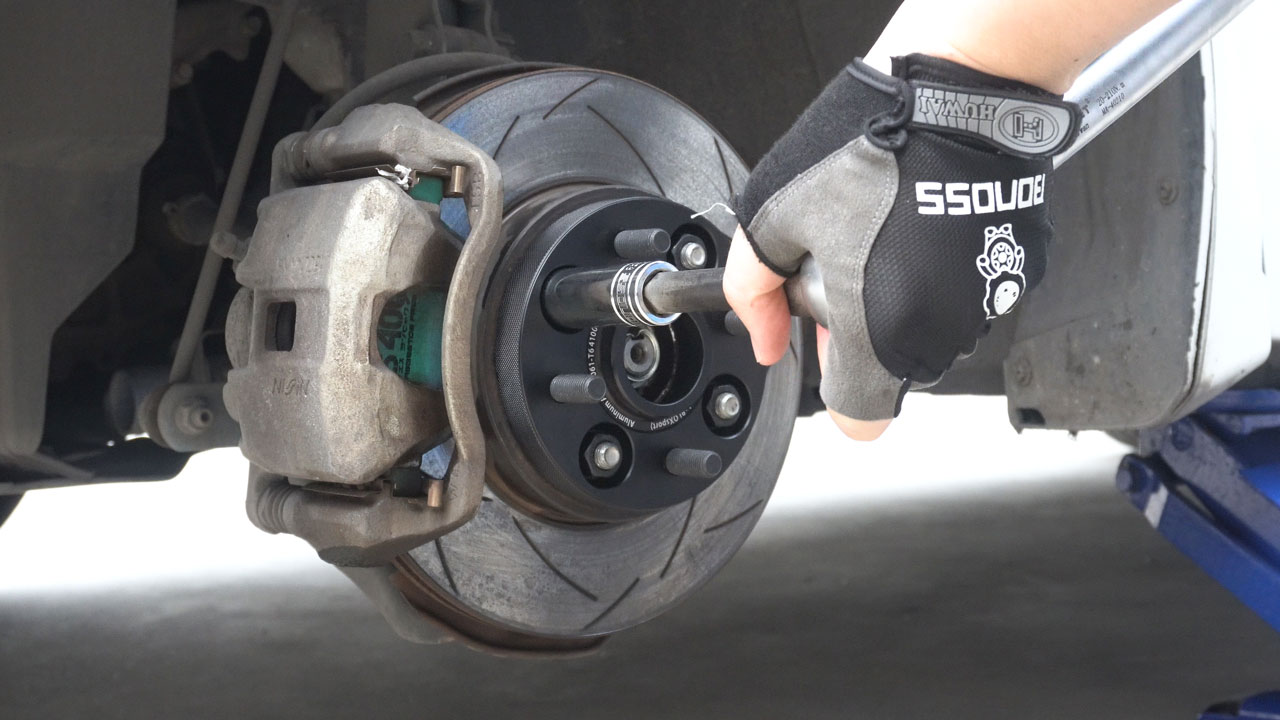
Secondly, use hub-centric spacers instead of lug-centric spacers. Hub-centric spacers offer a better system of support and stability. They are designed to make a snug connection between the wheel and vehicle hub, ensuring the hub carries the weight of the car instead of the lug bolts. Most of the disadvantages that people associate with wheel spacers are actually blamed to lug centric spacers. Due to non-hub centric design, there is a certain gap between the vehicle hub and the wheel, which means that the wheel is centered by the lugs rather than by the vehicle hub. Without firm contact, lacking the hub’s support, the wheel bolts play the role of bearing the road impacts. Some fierce impacts are strong enough to deform the bolts, making the wheel no longer concentric with the hub, resulting in vibrations. Even worse, it may damage the wheel’s center bore.
Advantages of Hub-centric Wheel Spacers:
- Hub-centric wheel spacers create a firm wheel-to-hub connection, acting as a role of transferring loads to the hub.
- Hub-centric wheel spacers help reduce the high-speed vibration by filling the gap between the wheels and the vehicle hub.
- By custom service, hub-centric wheel spacers make it possible to install aftermarket wheels with different center diameters.
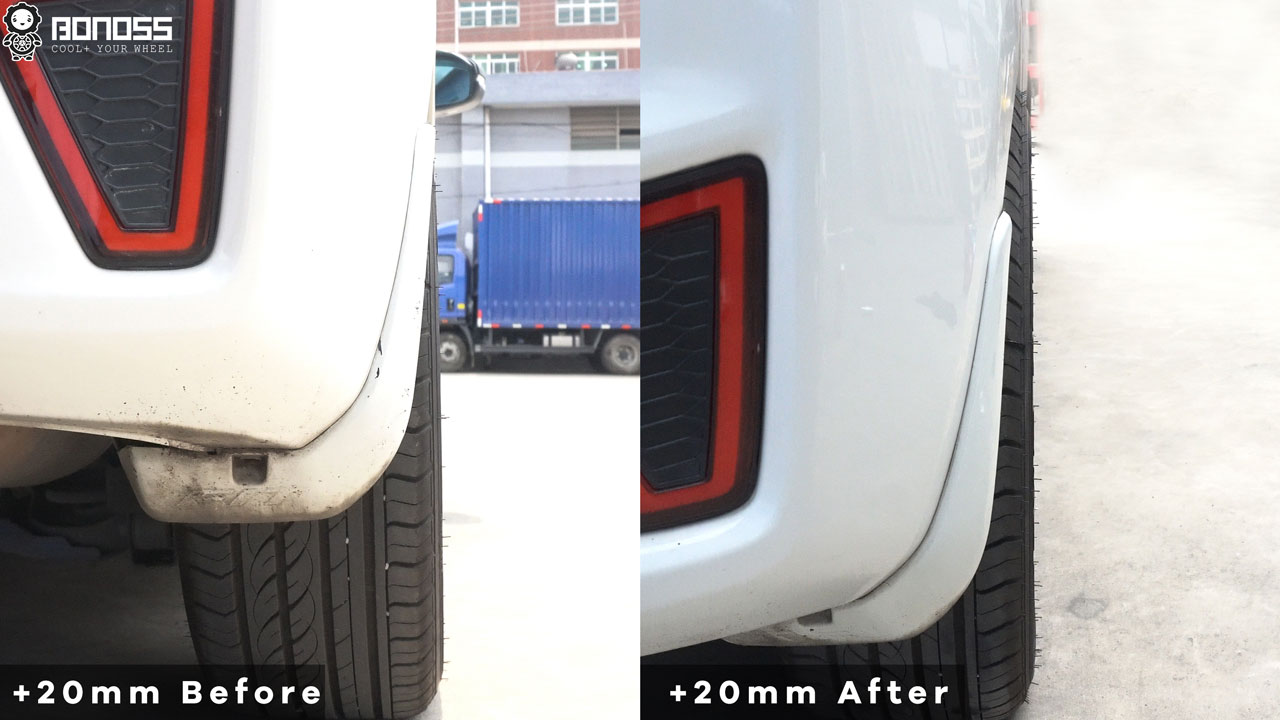
Thirdly, properly installing your wheel spacers is paramount to ensuring no vibration. It is recommended to install them under the guidance of a Qualified Mechanic. The wheel spacers must be properly torqued to manufacturer-recommended torque specs. This means making sure the spacer, wheel, and hub assembly are secured enough to where they don’t get loosen. Untightened lug nuts or overtightened lug nuts will cause most lugs failures. This will cause the wheels to lose balance, resulting in vibration. It is important to double-check whether all lug nuts are tightened to the manufacturer’s specification with a properly calibrated torque wrench. If you installed them properly, high-quality spacers are exactly very safe to use and will not cause any vibration.

